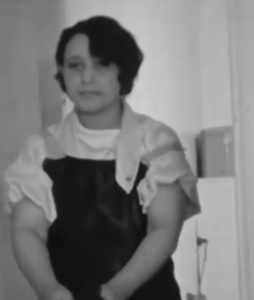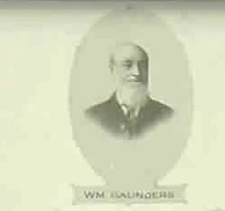This is a continuation of parts 1, 2& 3. I search the Library of Congress’ Chronicling America site for newspaper articles about the Washington Sanitary Improvement Company (WSIC) and Truxton Circle. When the WSIC ceased operations they began off loading properties via auction in the 1950s.
For Rent- Flats— The evening times. [volume], November 27, 1897, Page 3. “FOR RENT Sanitary Flats for white tenants only; Bates St., between P and Q, N. Capitol and 1st sts. nw.; 3-4 rooms; baths; cellar; separate entrance and yards; modern improvements; price, $10 to $12.50; erected by WASHINGTON SANITARY IMPROVEMENT Co. office 1819 Q st. nw. 8-9 a.m 12-1:30.4-7 p.m.”
Building Permits Issued– Evening star. [volume], July 16, 1901, Page 2. “Washington Sanitary Improvement Company, four two-story brick flats, 47 to 53 Bates street northwest; cost. $15,000.”
Real Estate Transfers– Evening star. [volume], February 28, 1903, Page 3. “Third and Q streets northwest-Marie C. Eustis to George M. Sternberg et al., trustees for Washington Sanitary Improvement Co., lots 15 to 23, square 552; $32,174.95.”
Building Permits Issued– Evening star. [volume], June 21, 1906, Page 3. “To the Washington Sanitary Improvement Company for three two-story brick dwellings at 200 to 204 Bates street northwest; architect. A. P. Clark, Jr.; builder, Thomas H. Melton; estimated cost, $11,500.
To the Washington Sanitary Improvement Company for three two-story brick dwellings at 201 and 235 P street northwest; architect, A. P. Clark, Jr.; builder, Thomas H. Melton; estimated cost, $11,500.”
Auction Sales- Thos. J. Owen & Son– Evening star. [volume], June 05, 1953, Page C-5. Evening star. [volume], June 15, 1953, Page B-11. Auction of 220A Bates Street NW ($8000).
Auction Sales- Thos. J. Owen & Son– Evening star. [volume], December 03, 1953, Page C-4; Evening star. [volume], December 12, 1953, Page A-13 . Auction of 56A Bates Street NW ($7500).
Auction Sales- Thos. J. Owen & Son– Evening star. [volume], June 16, 1954, Page C-6. Auction of 220A Q Street NW ($7750), 212a Bates Street NW ($7750), and 121 Bates Street NW ($7500).
Auction Sales- Thos. J. Owen & Son– Evening star. [volume], July 02, 1954, Page B-12. Auction of 54 Bates Street NW ($7500).
Auction Sales- Thos. J. Owen & Son– Evening star. [volume], September 14, 1954, Page C-4. Auction of 60 Bates Street NW ($7750).
Auction Sales- Thos. J. Owen & Son– Evening star. [volume], April 16, 1955, Page A-15. Auction of 22A O Street NW ($7500).
Auction Sales- Thos. J. Owen & Son– Evening star. [volume], August 13, 1955, Page B-8. Auction of 211A Bates Street NW ($7750), 221 P Street NW ($8000), and 239 Que Street NW ($1788.54)
Auction Sales- Thos. J. Owen & Son– –Evening star. [volume], May 12, 1956, Page A-15. Auction of 1519 Third Street NW ($7750), and 205 P Street NW ($8000).
Auction Sales- Thos. J. Owen & Son– Evening star. [volume], June 16, 1956, Page A-15. Auction of 27A Bates Street NW ($7500).
Auction Sales- Thos. J. Owen & Son– Evening star. [volume], June 21, 1956, Page B-12. Auction of 18A O Street NW ($7500) and 27A Bates Street NW ($7500).
Auction Sales- Thos. J. Owen & Son– Evening star. [volume], September 08, 1956, Page A-14 . Auction of 34A Bates Street NW ($7500) and 55 Bates Street NW ($7750).





